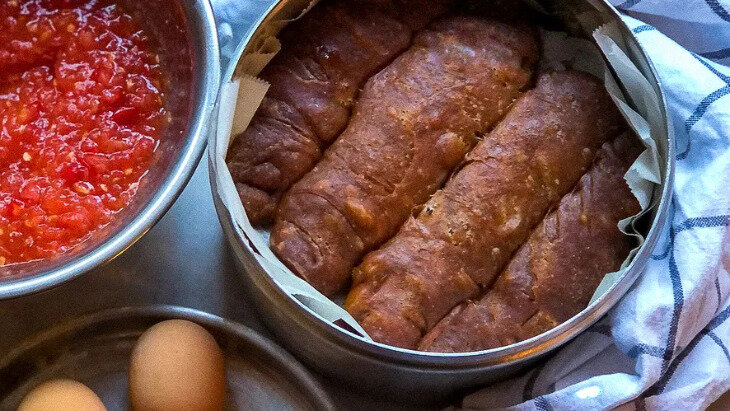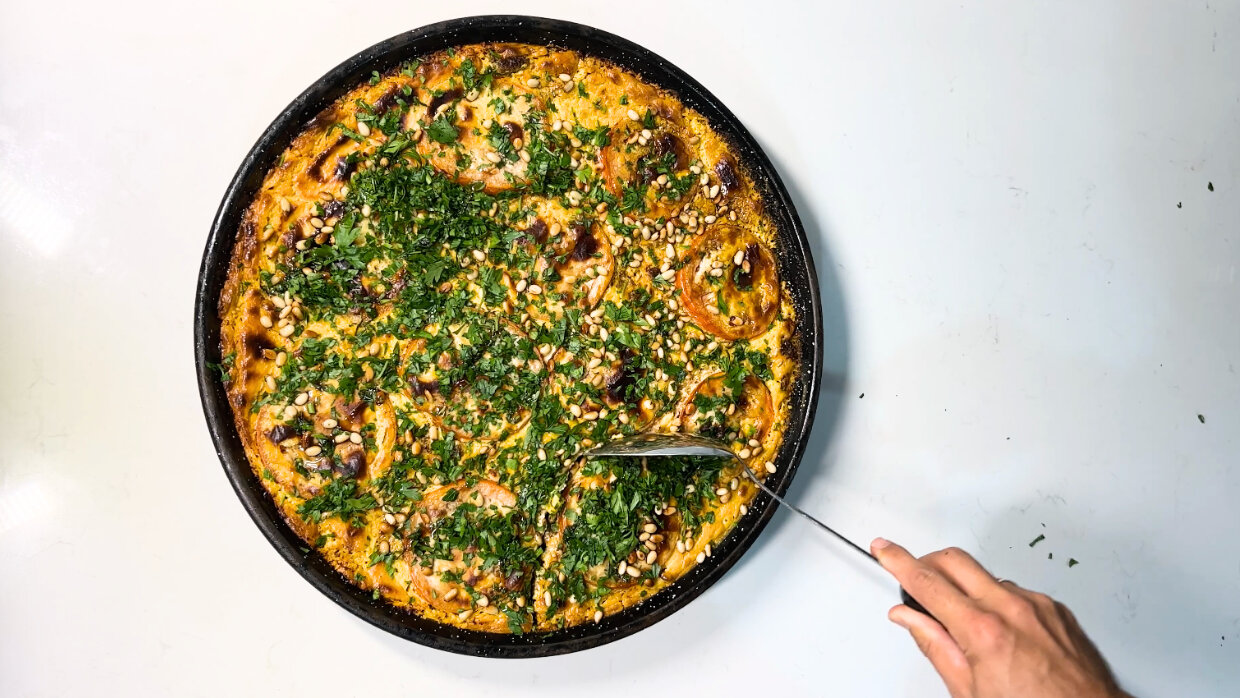One of the ways Jews rest on Shabbat is by not cooking, but that doesn’t mean that we’re relegated to eating cold cereal or peanut butter and jelly sandwiches!
Over the generations, creative Jewish cooks have invented or adapted recipes that make it possible to fill our bellies with warm and delicious foods on Shabbat - without violating the laws of cooking on Shabbat. Some of them, like kugel and cholent, you might be familiar with. Others, like kubaneh and jachnun, might be new to you.

Learn more about cholent and get recipes
Cholent (called chamim in Israel, from the Hebrew word cham, which means warm) is a meat stew that’s fully cooked before Shabbat. Cholent simmers in a low oven, a slow cooker or on a hot plate overnight and provides bowl after bowl of hot, delicious stew for Shabbat lunch.
Cholent is generally beef-based and has hundreds of regional variations. The recipe I inherited from my first rabbi’s wife features matzah balls. Dafina is a Moroccan version of cholent that includes rice, chickpeas, potatoes and eggs. Eggs are also a major ingredient in Tunisian cholent that is seasoned with turmeric and harissa and is known as harissa tfina. The Iraqi version, called tbeet, is a chicken-based stew cooked with rice, eggs and spices.

Kubaneh originated in the tiny Jewish community of Yemen, near Saudi Arabia. Kubaneh is a pull-apart bread that is baked in a tightly covered pot on Friday afternoon and, like cholent, left to stay warm in a low oven overnight. Served Shabbat morning with a grated tomato dip, some bake whole eggs in the pot along with the kubaneh.

Another Yemenite dough-based Shabbat dish is jachnun, a kind of layered pastry. The dough is made on Friday morning, rolled out very thinly and brushed with seasoned butter, oil or ghee. The oily dough is rolled into long, layered pieces and arranged in a special pot with a tight-fitting lid. The jachnun pot is customarily topped with whole eggs, which cook along with the pastry.
Like cholent and kubaneh, jachnun sits overnight in a low oven, yielding a sweet and savory dish that is served on Shabbat morning with grated tomato dip and the warm eggs that are cooked in the pot.
Since reheating liquids on Shabbat is considered a form of cooking, foods that are primarily liquid are traditionally eaten on Friday night. Although some Shabbat-observant families may keep their chicken soup warm overnight and eat it at lunchtime, the issue of not reheating liquids is why the classic Shabbat chicken soup is most often served on Friday nights.
For this same reason, kugel is an ideal Shabbat food. Although potato and noodle kugels are the undisputed kings of kugel, there are dozens of variations, including broccoli, butternut squash and yapchik, which is potato kugel stuffed with meat. What they all have in common is that they have no liquid, allowing them to be reheated on Shabbat.

The quintessentially Ashkenazi gefilte fish dish also has its origins in the laws of Shabbat. Here’s how.
Back in the days when the Israelites had a Tabernacle, there were 39 categories of creative effort necessary to construct the portable sanctuary. These 39 categories are the exact types of labor from which we refrain on Shabbat, in order to distinguish Shabbat from an ordinary weekday.
One of the 39 categories is sorting or separating things that are different from one another. Generally speaking, eating fish requires separating the flesh from the small bones. In order to make it possible to enjoy fish on Shabbat, clever Jewish cooks adapted a 14th century German recipe for stuffed pike.
And that’s how boneless gefilte fish was born.
With a little advanced planning, we can experience a complete rest from cooking on Shabbat and still eat our fill of delicious and varied foods.















